Components of Solar Mason Jar :
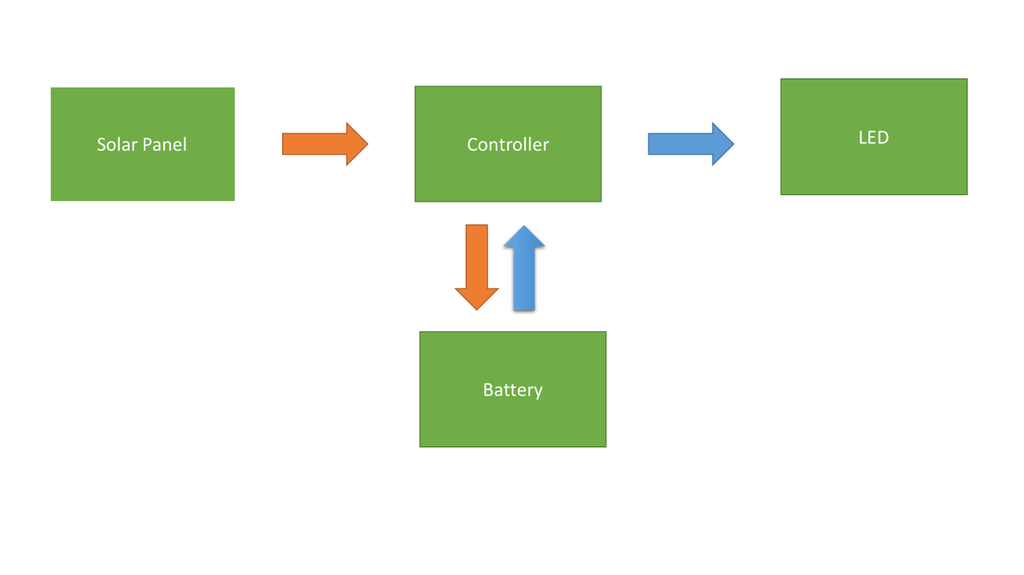
The solar panel receives sunlight from the sun and converts it into electrical energy. The controller board charges the battery during the daytime and drives the LED during the nighttime.
The solar lamp can be considered as a standalone Solar Photo Voltaic (SPV) system and contains four basic components:
1. Solar Panel: Convert Solar Energy to Electrical Energy
2. Controller: Charge the Battery ( Charger ) and drive the Load ( Driver )
3. Battery: Store the Electrical Energy
4. Load (LED): Provide the desired light output
 Open Green Energy
Open Green Energy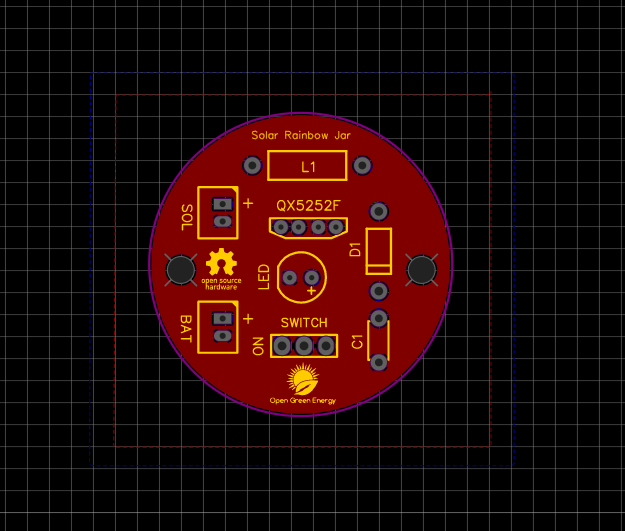
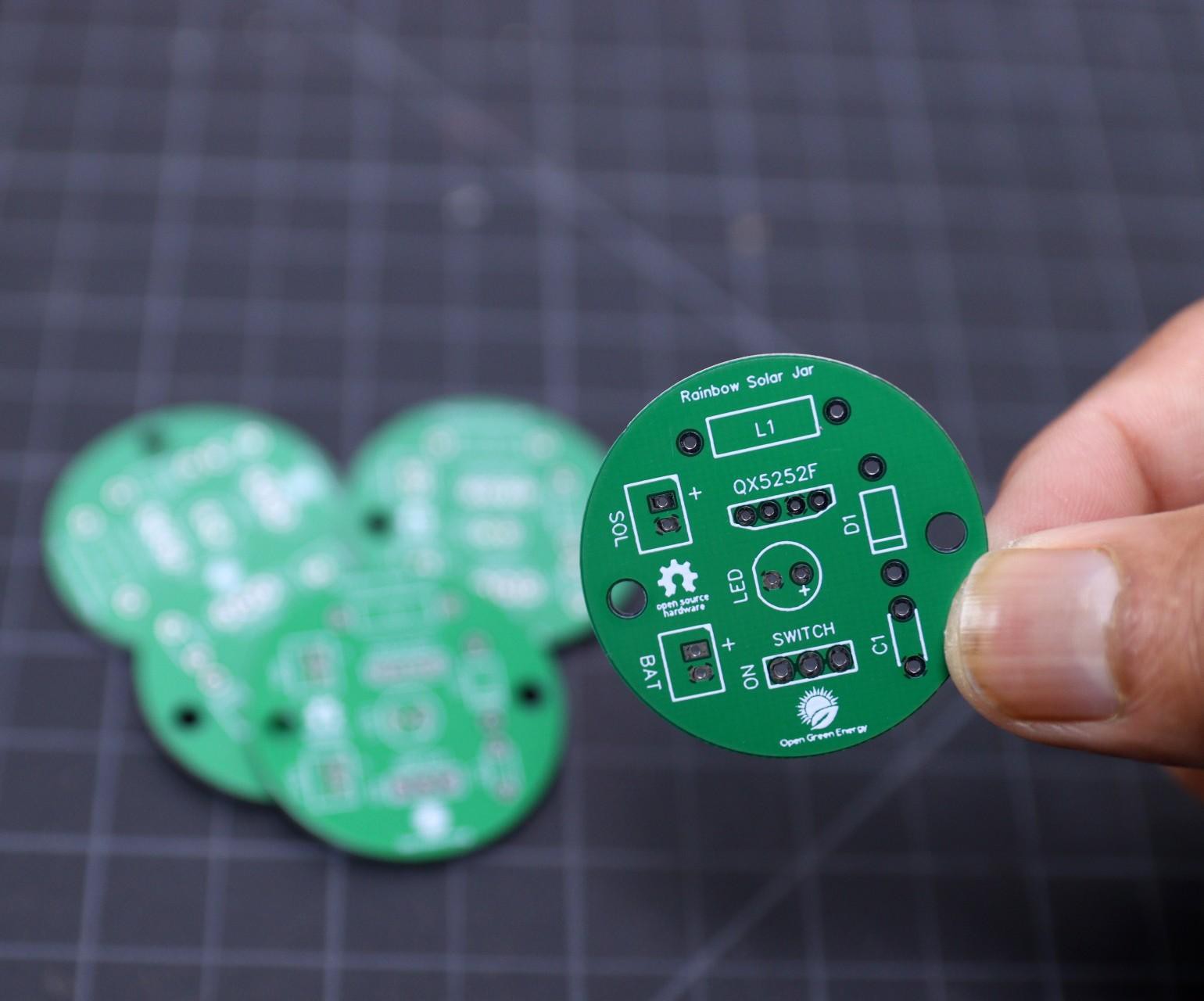
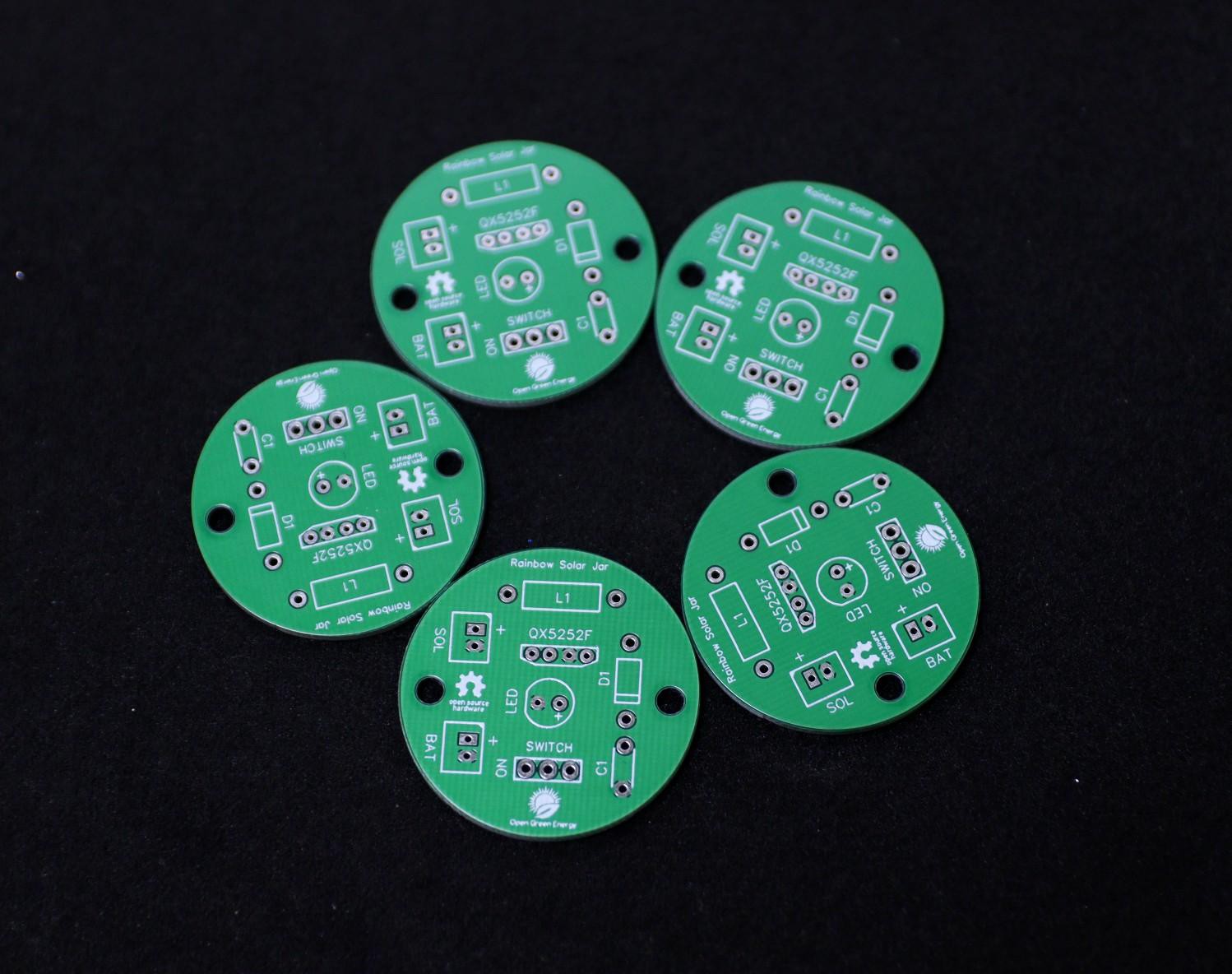
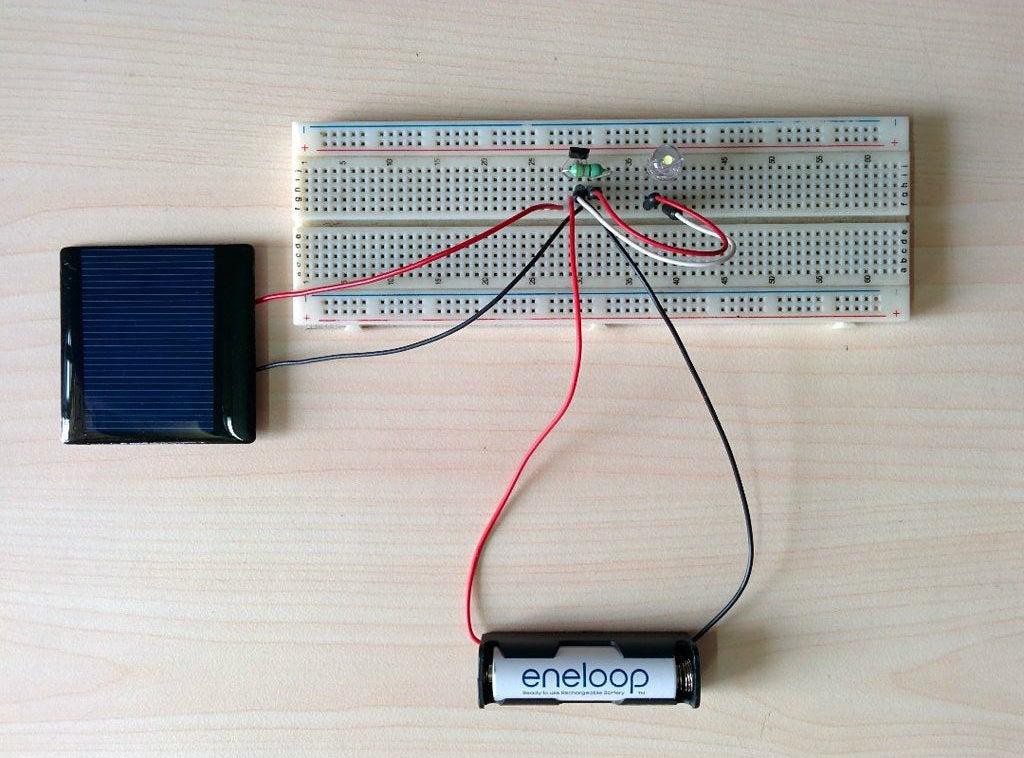
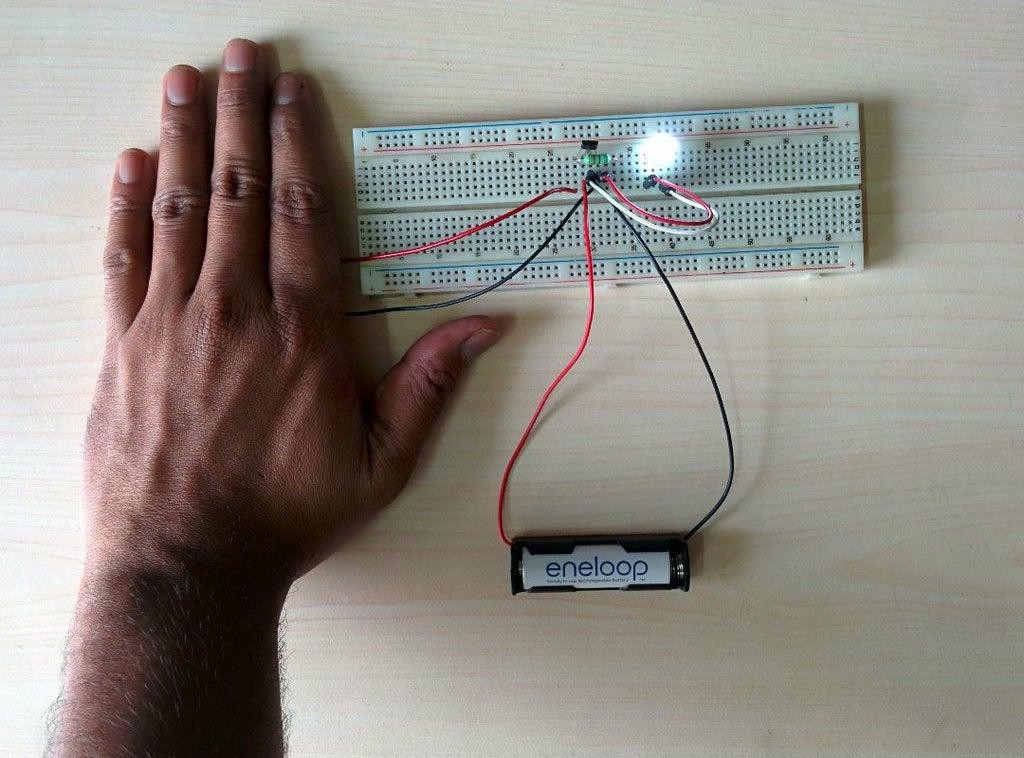
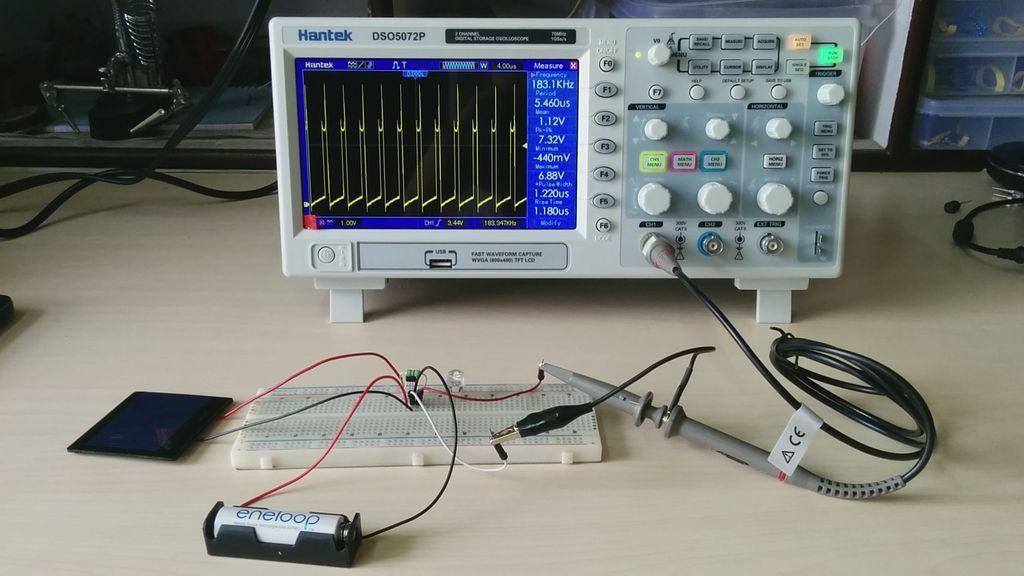
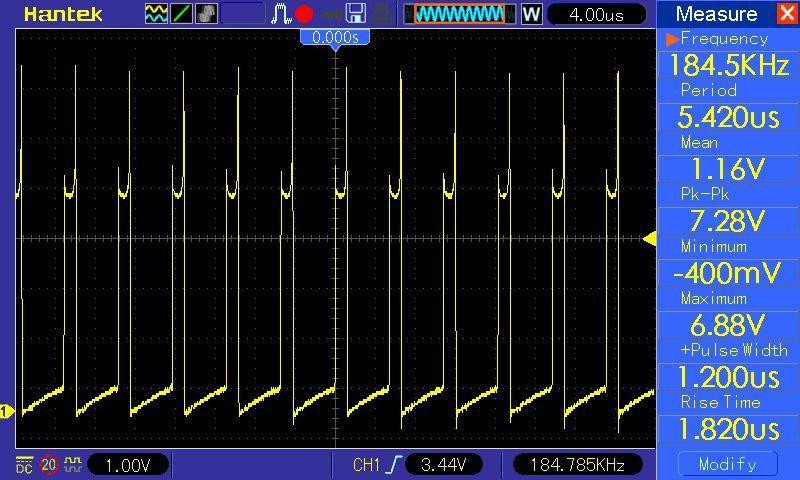
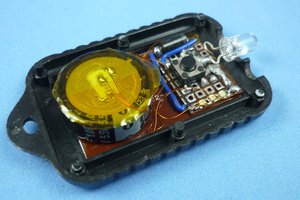
 Absolutelyautomation
Absolutelyautomation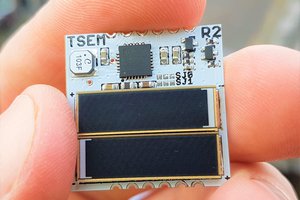
 Jasper Sikken
Jasper Sikken
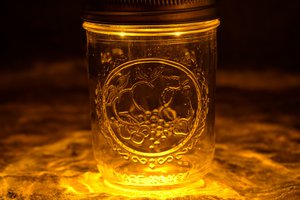
 Michael Mogenson
Michael Mogenson